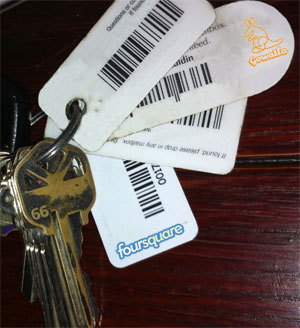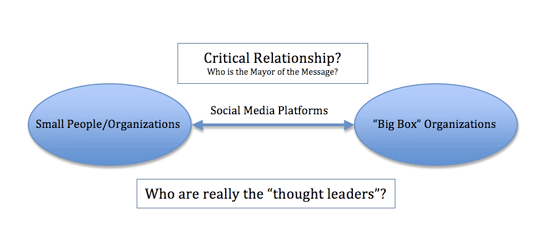To begin…my friend Reed Smith does a great job of explaining the steps to get your organization going with Foursquare and Gowalla. Here is his step-by-step process for Foursquare (CLICK HERE) and for Gowalla (CLICK HERE).
Here are a few things we have found when setting up Foursquare and Gowalla at Greenville Hospital System (GHS) in Greenville, SC.
First of all, GHS is a large hospital system with multiple campuses serving the Upstate of South Carolina. When beginning to tackle this project, we noticed immediately it was necessary to engage using this social outlet. Why? Well, we found close to five different spots created for the main hospital each totaling close to 2000 check-ins. Each location had in-complete information about the hospital. This fragmented information was not best serving the hospital and the individuals using these outlets. None of the locations had a correct phone number, web address, and physical address. So we knew immediately we had to begin taking control of these check-in points, consolidate, and update with correct information.
The next thing we noticed is that a hospital might have multiple places for a person to check-in, including the hospital main entrance, emergency department, labor & delivery, rehabilitation services, and even nationally branded restaurants inside (Starbucks, Chic-Fil-A, etc.). While accessing these possible check-in points, we began to consolidate places for people to check-in. We wanted to only have destination points that supported the interests of GHS’s customers as they align with certain service lines. So we began with the main entrance, emergency room, and labor & delivery at the main hospital. This is still a working progress.
When consolidating locations at one campus, proximity of geographical check-in points was key. Foursquare and Gowalla only work in a two dimensional space…meaning if the labor & delivery was one floor above the main entrance…it might not make sense for both check-in points. We want the check-in process to be fun and social, not become a hindrance when trying to decide which point to select.
The key to beginning is to follow what Reed Smith describes in his posts, but it is important to create business Foursquare and Gowalla account separate from your personal account. When claiming these locations for your business, you want it tied to a single account that you can manage. You will be able to edit and manage each location from this user account. We also decided to start with Foursquare and Gowalla first, then we are slowly moving to Google Places, Facebook, and Yelp.
Patience is key when setting up and managing these location based outlets. You have to spend time working with Foursquare and Gowalla to remove and merge duplicates, keep information updated, and engage with the community. Each location has the possibility for individuals to not only check-in but also comment about their experience. This is a great way to engage in healthy conversations.





